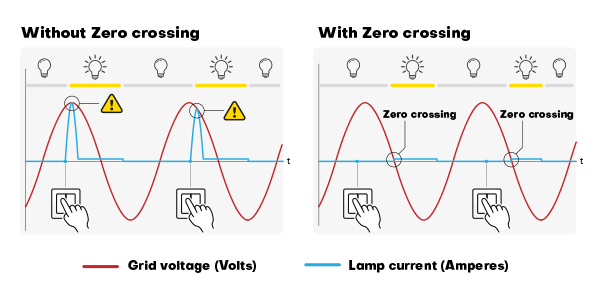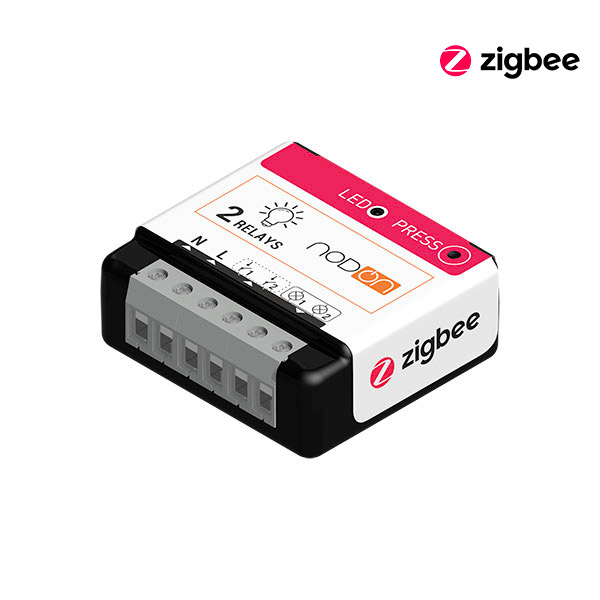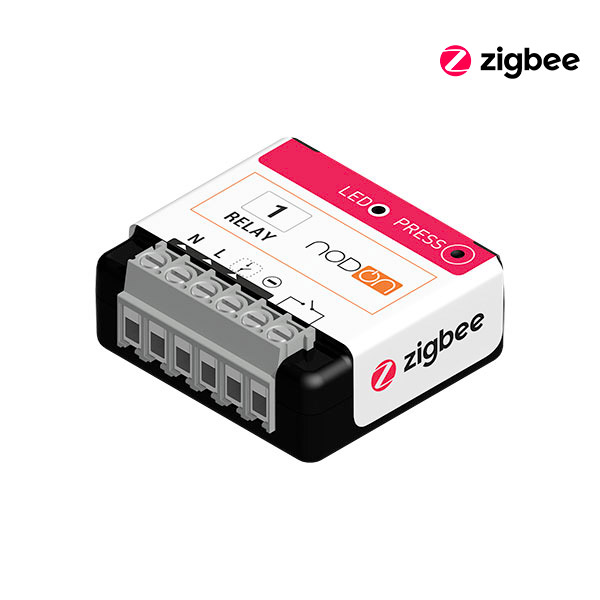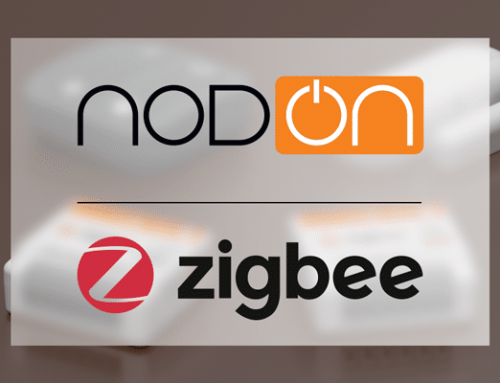The objective of zero crossing is to switch the relay precisely at the moment when the electrical voltage is at zero volts.
What is zero crossing?
The electrical network works in alternating current from +230 to -230 VAC. The changeover from +230 to -230 VAC takes place at a frequency of 50 Hz, in 20 ms, with a crossing at 0 volts.
The zero crossing delays the switching on of the load by a few milliseconds (< 10ms) so that the module relay switches exactly at the moment when the power supply amplitude changes to 0 volts. This has no visible impact on the user’s switch-on.
This process limits the creation of arcing. This preserves the relay louvers, protecting them from premature damage.

NodOn and zero crossing
NodOn has noticed the market trend towards low energy lighting.
There are real disparities between the products offered by the major brands and the so-called “low-end” products.
Low-energy lighting offered at lower prices produces high current draw when switched on, generating more arcing. This affects the durability of the home automation products used to control the lighting.
Based on this observation, NodOn is developing its Zigbee range by integrating zero crossing, in order to increase the longevity of its products and ensure the durability of the installations.











Leave A Comment